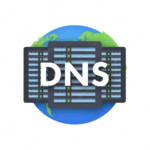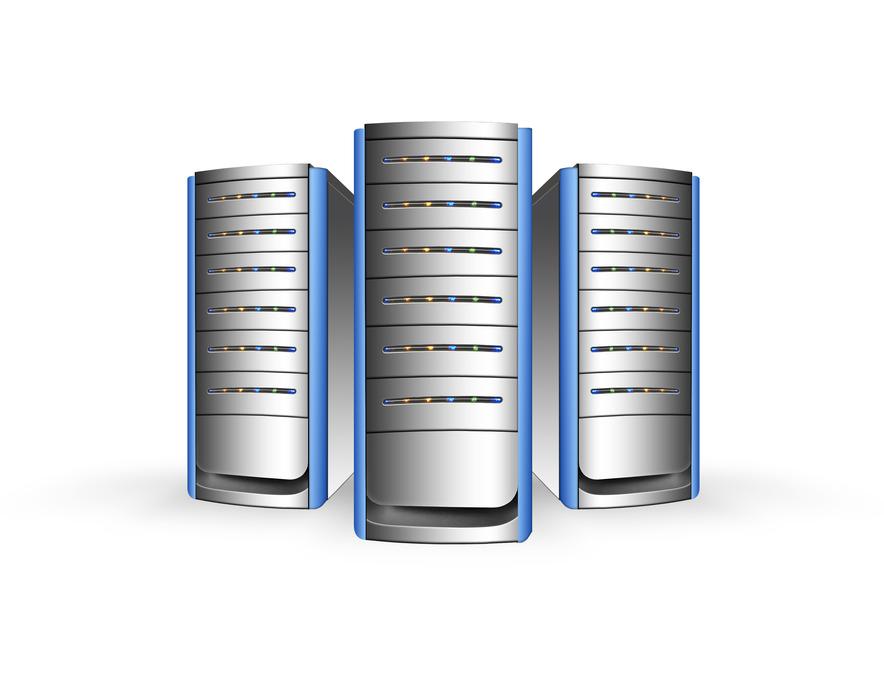 The Domain Name System (DNS) is a distributed system used to resolve domain names into IP addresses. BIND (Berkeley Internet Name Domain) is the most widely used DNS software on the internet. Ensuring that your BIND DNS server is secure is essential to prevent DNS spoofing, cache poisoning, and unauthorized zone transfers.
The Domain Name System (DNS) is a distributed system used to resolve domain names into IP addresses. BIND (Berkeley Internet Name Domain) is the most widely used DNS software on the internet. Ensuring that your BIND DNS server is secure is essential to prevent DNS spoofing, cache poisoning, and unauthorized zone transfers.
1. Pre-requisites:
Before you begin, ensure you have:
- A Linux server (CentOS, Ubuntu, etc.).
- Root or sudo access to the server.
- BIND software package installed. You can generally install it with a package manager like
yumorapt.
2. Basic BIND Installation:
On Ubuntu:
sudo apt update
sudo apt install bind9On CentOS:
sudo yum install bind bind-utils3. Secure BIND Configuration:
The main BIND configuration file is usually found at /etc/named.conf or /etc/bind/named.conf depending on your distribution.
Here’s a basic secure configuration template for BIND:
options {
directory "/var/named";
recursion no; // Turn off recursion
allow-query { localhost; }; // Allow only localhost to query the DNS
version "Not disclosed"; // Do not disclose BIND version
// Rate limiting to mitigate DDoS attacks
rate-limit {
responses-per-second 5;
};
// Avoid cache poisoning
dnssec-enable yes;
dnssec-validation yes;
};
logging {
channel default_log {
file "/var/log/named/named.log" versions 3 size 5m;
severity dynamic;
print-time yes;
};
category default { default_log; };
};
// Define the zone for your domain
zone "example.com" {
type master;
file "/var/named/example.com.zone";
};
include "/etc/named.rfc1912.zones";Replace "example.com" with your actual domain and adjust other configurations as per your needs.
4. Zone File Configuration:
For our example.com domain, the zone file (/var/named/example.com.zone) could look something like this:
$TTL 86400
@ IN SOA ns1.example.com. admin.example.com. (
2023081701 ; Serial
3600 ; Refresh
1800 ; Retry
604800 ; Expire
86400 ) ; Minimum
@ IN NS ns1.example.com.
@ IN A 123.45.67.89
ns1 IN A 123.45.67.89
www IN A 123.45.67.89This is a basic zone file for example.com pointing to an IP 123.45.67.89.
5. Further Security Measures:
- Run BIND in a chroot environment: This limits BIND’s access only to its required directories and files, preventing potential exploitation.
- Update regularly: Ensure BIND is regularly updated to the latest version to protect against known vulnerabilities.
- Restrict Zone Transfers: Allow zone transfers (
AXFR) only to secondary/slave DNS servers. - Use firewalls: Limit access to the DNS server using firewall rules.
- Monitor Logs: Regularly check
/var/log/named/named.logfor any suspicious activities.
Conclusion:
Security is a continual process, and as threats evolve, so should your defenses. With the above steps, you’ll have a solid foundation for a secure BIND DNS setup. Remember always to keep an eye out for security advisories related to the software and tools you’re using, and update them as necessary.

Leave a Reply